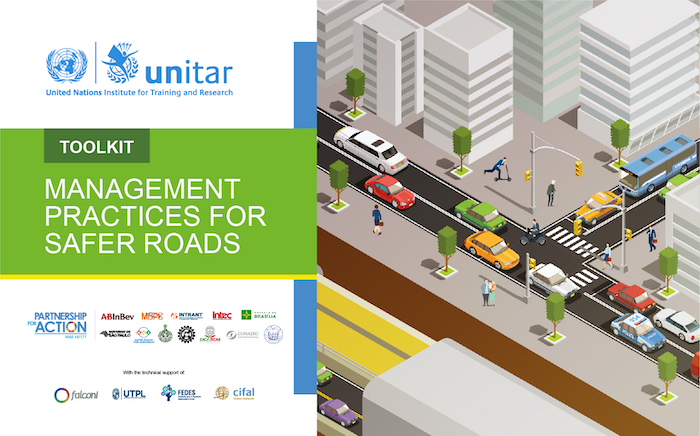Road traffic injuries claim 1.35 million lives each year with a disproportionate impact on health and development. They are the ninth leading cause of death across all age groups globally and the leading cause among young people aged between 15 and 29 years, costing governments approximately 3% of GDP and 5% in low- and middle-income countries (World Health Organization, WHO 2018).
Achieving road safety targets requires, among others, improving existing road infrastructure for the benefit of all road users, especially the most vulnerable (Decade of Action for Road Safety 2011-2020 – Pillar 2).
Improvements in infrastructure planning, design and construction, including the provision of safe infrastructure for pedestrians and cyclists can reduce the risks that lead to road traffic injuries and fatalities. A lack of basic facilities such as footpaths, cycle paths, crosswalks, motorcycle lanes and safe speed-controlled crossing points on many roads, increases the level of risk for all road users.
According to the World Health Organization, improving the 10% highest-risk roads in each country over 20 years, through the implementation of footpaths, safety barriers, bicycle lanes and paved shoulders, just to mention a few, has the potential to prevent around 3.6 million deaths and 40 million serious injuries (WHO, 2015)
Pillar 2 of the Road Safety Decade of Action highlights that having safer roads requires:
- Identifying the number and location of deaths and injuries by road user type, and the key infrastructure factors that influence risk for each user group
- Identifying hazardous road locations or sections where excessive numbers or severity of crashes occur
- Conducting safety assessments of existing road infrastructure and implement proven engineering treatments to improve safety performance


